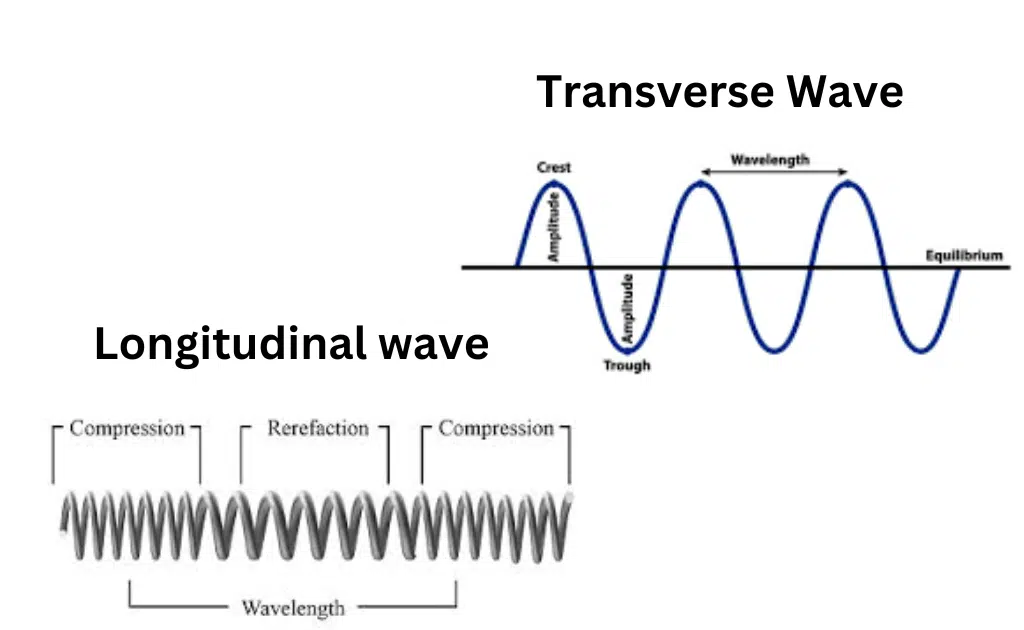Does light have transverse waves?
Yes, light is an electromagnetic wave that has transverse waves. This means that the oscillation or vibration of the electric and magnetic fields in the wave is perpendicular to the direction in which the wave is traveling.
Real-life examples of transverse waves include waves on a guitar string, water waves in the ocean, and the movement of light. When light travels through space, it oscillates perpendicular to its direction of motion, creating a transverse wave.
In contrast, sound waves are longitudinal waves, where the oscillations occur parallel to the direction of the wave’s motion. Examples of longitudinal waves include the vibrations of slinky or sound waves in the air.
One phenomenon that demonstrates the transverse nature of light is polarization. When light is polarized, the electric and magnetic fields oscillate in a specific direction, rather than in all directions perpendicular to the wave’s motion.
This can be observed through polarized sunglasses, which block light waves that are not oriented in a specific direction.
In physics, a transverse wave is a type of wave where the oscillations occur perpendicular to the direction of the wave’s motion.
Transverse waves have crests and troughs, and they exhibit properties such as reflection, refraction, and diffraction. They are an important concept in many areas of physics, including optics and electromagnetism.







Leave a Reply